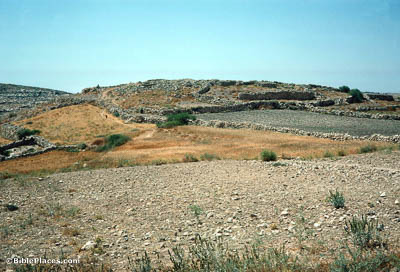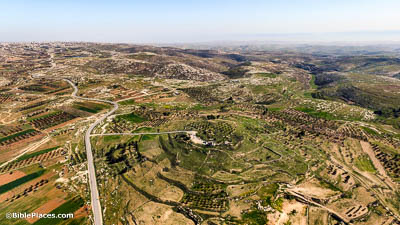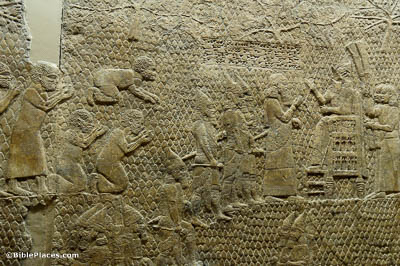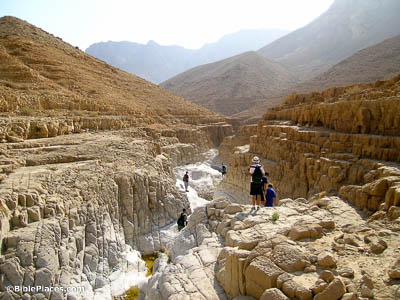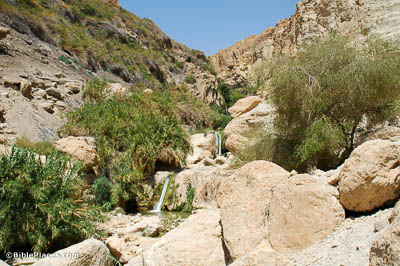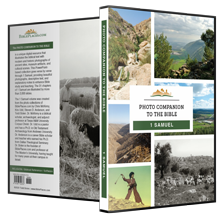David and his men went to Keilah and fought with the Philistines (23:5).
Scholars identify the biblical site of Keilah with Khirbet Qila, located 2.8 miles (4.5 km) south of Adullam and 8 miles (13 km) northwest of Hebron. Keilah is situated next to the chalk trough, an important geographical feature that provided a convenient north-south route between the hill country and the Shephelah of Judah.
